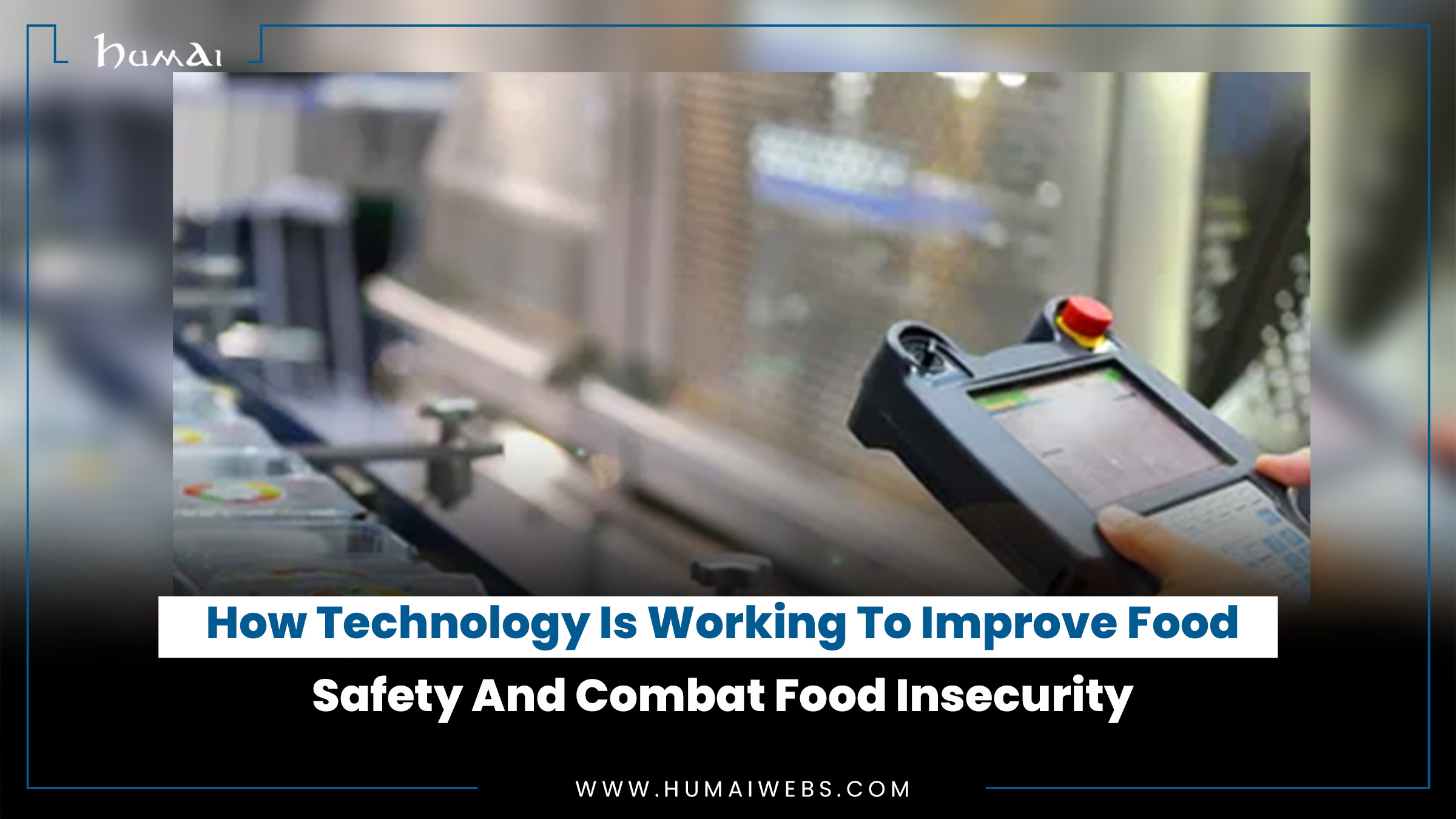Technology Is Working to Improve Food Safety
Technology has been playing a crucial role in improving food safety and combating food insecurity around the world. From precision agriculture to blockchain technology, these innovations are helping to ensure that food is safe to eat and that it is distributed to those who need it most.
One of the most promising technologies in this area is precision agriculture. This technology uses a combination of sensors, drones, and machine learning algorithms to gather data on crop growth and soil conditions. This information is then used to optimize crop yields and reduce the use of pesticides and fertilizers. By increasing crop yields and reducing the need for harmful chemicals, precision agriculture is helping to improve food safety and make food more affordable for everyone.
Blockchain Technology
Another important technology in this area is blockchain technology. Blockchain is a decentralized digital ledger that can be used to track food products as they move through the supply chain. By using blockchain, companies can ensure that their products are safe to eat and that they are being distributed to the right people. This is especially important regarding food aid, as it helps ensure that aid is being distributed to those who need it most.
Another technology that is helping to improve food safety and combat food insecurity is the use of food safety robots. These robots are equipped with cameras, sensors, and other technologies to detect and identify harmful bacteria, viruses, and other contaminants in food products. By using these robots, food producers can quickly identify and remove any contaminated products from the supply chain, which helps to prevent foodborne illnesses.

Smart Packaging
In addition, the use of smart packaging is also helping to improve food safety. Innovative packaging uses sensors and other technologies to monitor the temperature and humidity of food products. This information is then used to ensure that food products are being stored and transported at the right temperatures, which helps to prevent spoilage and foodborne illness.
Finally, the use of vertical farming is also helping to improve food safety and combat food insecurity. Vertical farming is a method of growing crops in a controlled environment, such as a greenhouse or warehouse. This allows for the year-round production of fresh, healthy food, which is especially important in areas where food is scarce.
The Food Safety Modernization Act was enacted in 2011
The Food Safety Modernization Act (FSMA), enacted in 2011, is a result of the 2008 Salmonella outbreak that affected more than 1,000 people and killed 14.
The FSMA aims to improve food safety and food security by focusing on five main areas:
- Preventative controls – this includes measures to prevent contamination before it happens;
- Compliance programs – these include mandatory training for workers at farms and restaurants;
- HACCP plans – these are steps taken to make sure that foods meet government standards before they’re sold or served
- Routine monitoring programs – these ensure that plants are up-to-date on their cleanliness records
The United States Department of Agriculture
The United States Department of Agriculture has the authority to require recalls if there is a public health risk. The USDA can also require recalls if there is a food safety risk or food security risk.
If an agricultural commodity has been contaminated with a pathogen, it must be immediately removed from the market and destroyed by an approved method (e.g., incineration). If this does not happen quickly enough or properly, then the USDA will often issue a recall order for all shipments of that particular crop within its jurisdiction—which includes all 50 states plus Puerto Rico and Guam in addition to Washington D.C., American Samoa, Guam and Northern Mariana Islands (the last three places being part of Japan).
FDA and USDA are working together to make food tampering cases efficient
The FDA and USDA have worked together to make food tampering cases efficient. The FDA is the lead agency in food safety, responsible for regulating the safety of food and cosmetics, enforcing the Food, Drug, and Cosmetic Act (FD&C Act) that ensures consumers receive accurate information about their products as well as ensuring that unsafe products are removed from commerce.
Positive pressure packaging
Positive pressure packaging allows more contaminated foods to be stopped before they can enter the food supply.
Positive pressure packaging is a way to prevent the spread of bacteria. It is designed to keep air in, which prevents bacteria from entering the food supply. It can be done with different materials such as aluminum foil or plastic wrap.
Final Thoughts
In conclusion, technology is playing a crucial role in improving food safety and combating food insecurity around the world. From precision agriculture to blockchain technology, these innovations are helping to ensure that food is safe to eat and that it is distributed to those who need it most. By continuing to develop and implement these technologies, we can help to create a more sustainable and equitable food system for all.







